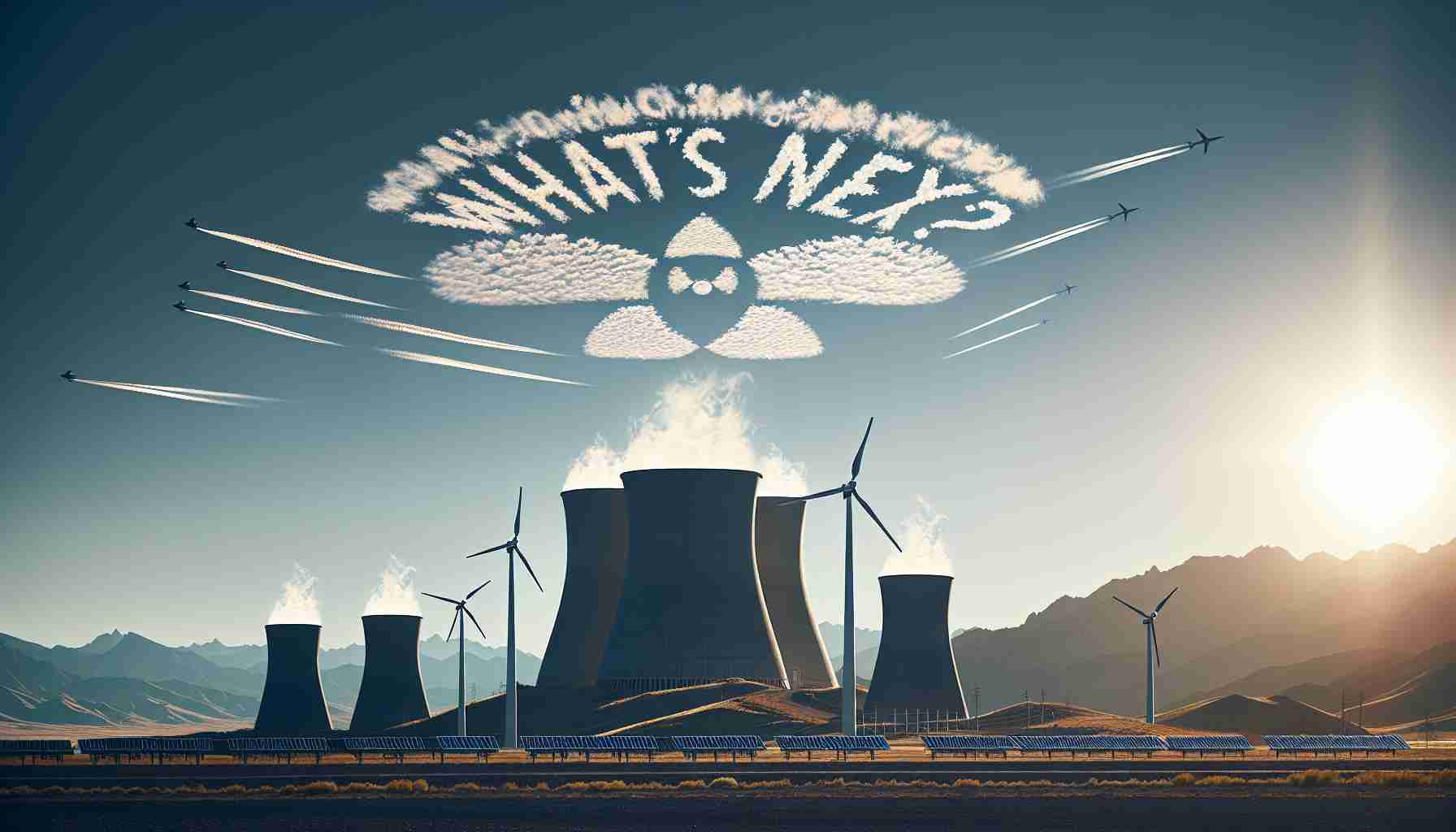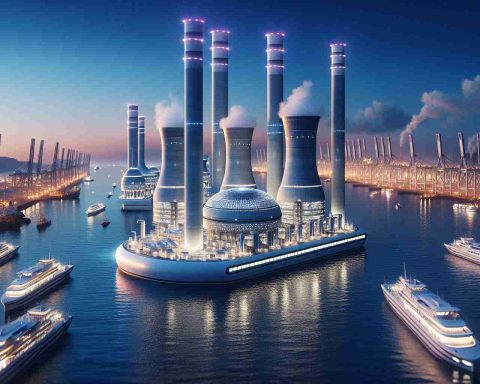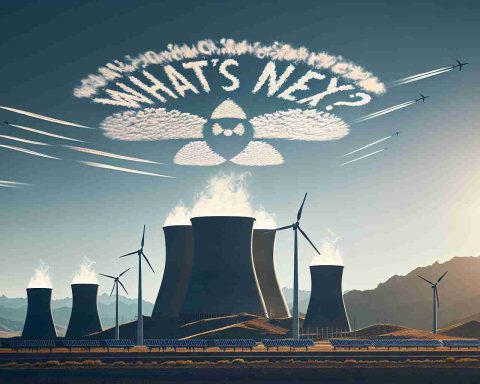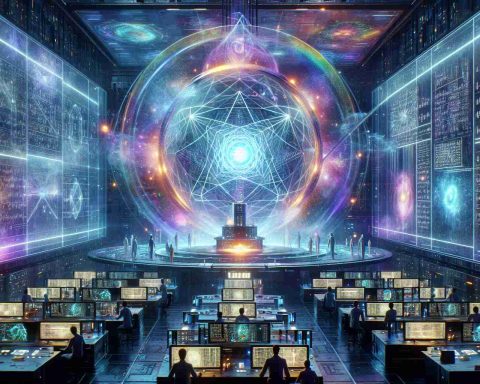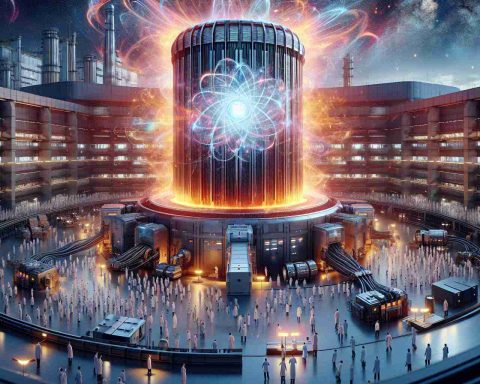- HB249 legislation positions Utah at the forefront of nuclear energy development.
- The Utah Energy Council and Nuclear Energy Consortium unite diverse stakeholders for cleaner energy solutions.
- Nuclear power promises energy independence, economic growth, and reduced carbon emissions for Utah.
- Challenges include financial hurdles and public safety concerns, requiring strategic communication and planning.
- Small Modular Reactors (SMRs) offer innovative, cost-effective solutions for future energy needs.
- This initiative may establish Utah as a leader in clean energy innovation and public-private collaboration.
Utah is poised to revolutionize its energy production landscape with a daring move towards nuclear technology, driven by a trailblazing new legislative bill, HB249. Orchestrated by the seasoned energy expert Rep. Carl Albrecht, this bill sets the stage for a novel era in power generation, launching the Utah Energy Council alongside a groundbreaking Nuclear Energy Consortium. This coalition aims to bring together a diverse team of forward-thinkers—state legislators, energy developers, and nuclear safety specialists—to steer Utah towards a cleaner, more sustainable energy future.
The promise of nuclear power is compelling: it promises to transform Utah’s energy independence, offering a stable and resilient power supply essential for reducing the state’s reliance on fossil fuels. Coupled with a significant boost to economic growth and job creation, nuclear energy is poised to redefine the state’s economic landscape, all while slashing carbon emissions and aligning with global climate goals.
Yet, the journey is fraught with challenges. Historical projects have stumbled upon financial barriers, delaying progress and increasing costs. Community apprehensions linger over safety and environmental concerns, pressures that officials must deftly navigate to foster widespread public backing.
Innovative solutions like small modular reactors (SMRs) are on the horizon, promising enhanced safety and lower costs, positioning Utah at the vanguard of nuclear energy development. As investment pours into technological advancements, the state’s commitment to nuclear power indicates a robust strategy to attract both public and private funding.
In summary, this daring initiative may indeed herald Utah as a leader in clean energy, paving the path for a sustainable future in power generation. As discussions unfold, the state’s proactive stance could set a precedent for the nation, blending energy innovation with public engagement to fuel a new chapter in power history.
Utah’s Nuclear Power Shift: The Future of Energy Transformation
How is Nuclear Technology Expected to Impact Utah’s Energy Future?
Nuclear technology is set to significantly reshape Utah’s energy production by enabling the state to transition towards more sustainable, stable, and reliable power sources. Unlike conventional fossil fuels, nuclear power offers a nearly continuous energy supply, which can alleviate Utah’s dependency on coal and other non-renewables. This shift is expected not only to enhance energy independence but also to catalyze economic growth through job creation in energy sectors, infrastructure development, and technical innovation. The introduction of the Utah Energy Council and Nuclear Energy Consortium underlines the state’s commitment to this new energy paradigm, ensuring all stakeholders collaboratively drive forward these efforts.
What Are the Financial and Environmental Challenges of Implementing Nuclear Power in Utah?
Financing large-scale nuclear projects traditionally presents significant hurdles, often involving high initial investments and long lead times before operational returns are realized. The financial model for nuclear power has often resulted in budget overruns and project delays. Furthermore, there remain substantial environmental and safety considerations that need to be addressed, including waste management and radiation control. Utah’s approach through innovative solutions like Small Modular Reactors (SMRs) aims to counter these challenges by offering scalable, cost-effective, and safer alternatives that can be more readily integrated into existing power systems.
How Will Small Modular Reactors (SMRs) Change the Landscape of Energy Production in Utah?
Small Modular Reactors (SMRs) stand as a beacon of modern nuclear innovation, providing versatile and adaptable energy solutions. SMRs are designed to be more economical and less technically complex than traditional reactors, resulting in lower initial capital costs and reduced construction times. Their modularity allows for incremental energy capacity expansions as needed, ideally suiting Utah’s growing energy demands. They also promise heightened safety features, given their advanced containment and cooling systems, addressing public safety concerns more effectively. SMRs position Utah as a leader in adopting new technologies that align with global environmental goals, setting a template for other states to follow.
For more information on nuclear power and related energy technologies, visit U.S. Energy Information Administration and U.S. Nuclear Regulatory Commission.
The source of the article is from the blog qhubo.com.ni
